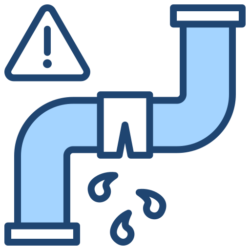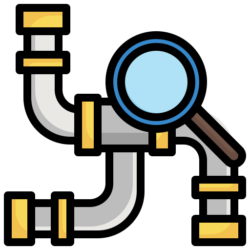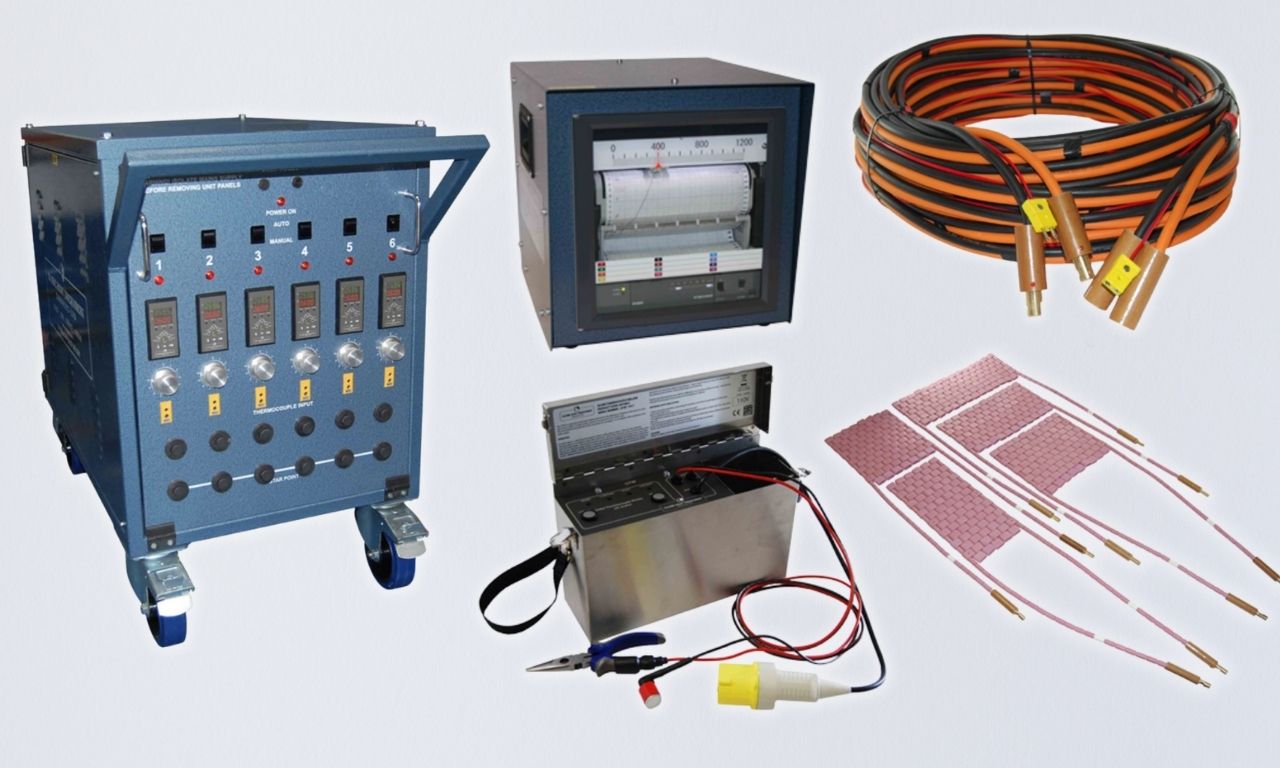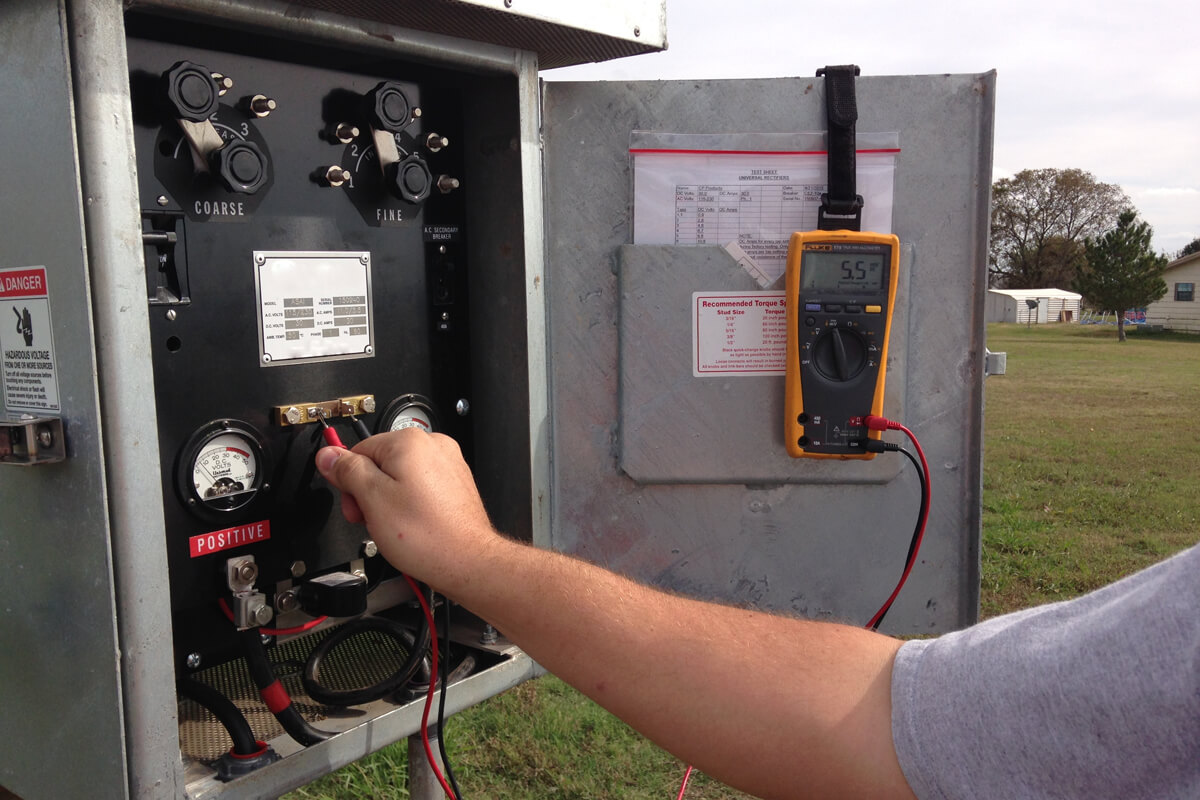Non-Destructive Testing (NDT) Services
Need Any Help?
Partner with INSPECTA Middle East for inspection services. Contact us today to learn more about how we can support your business with our solutions.
+20 034265180
+20 127 613 2866
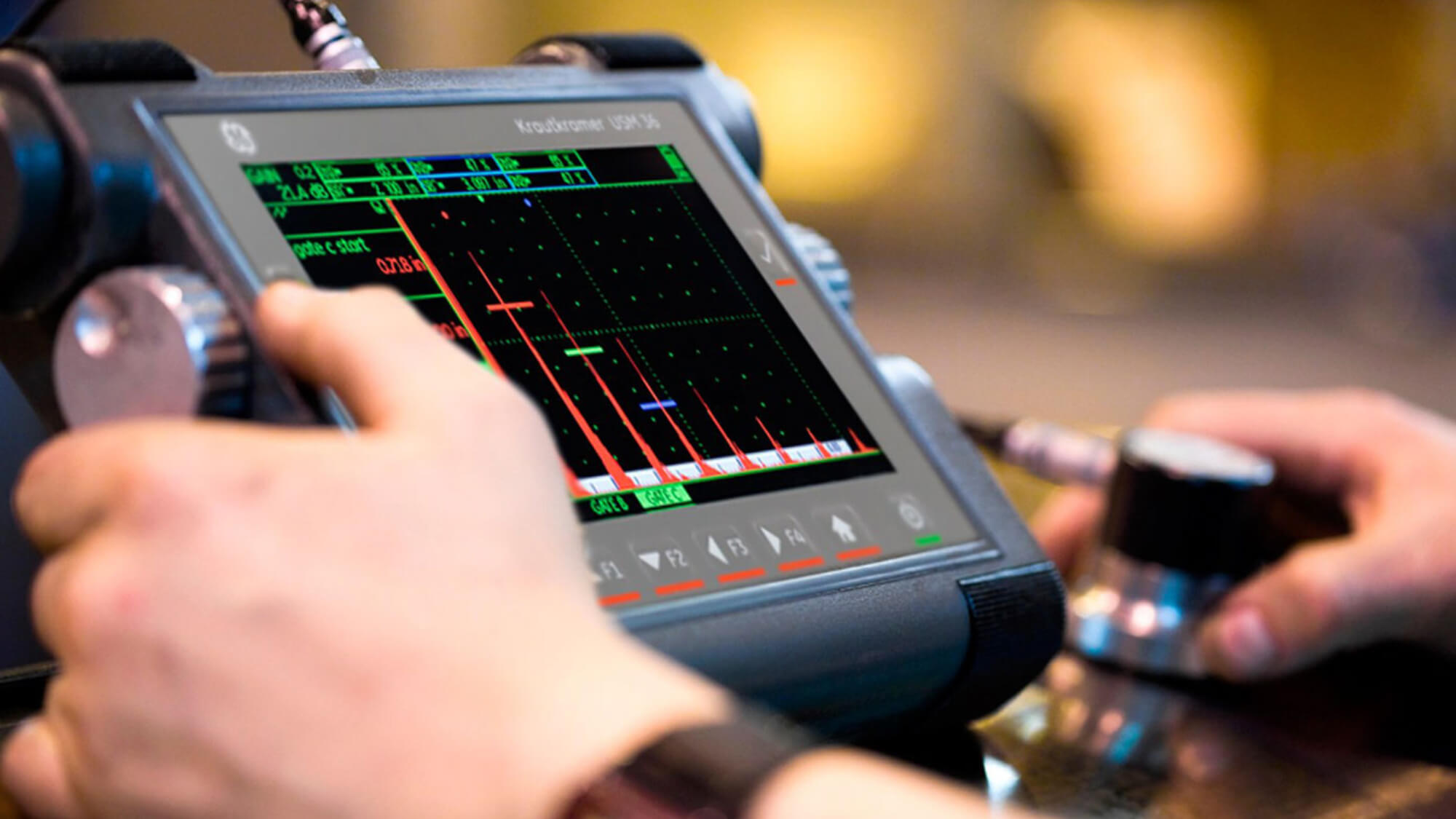
Non-Destructive Testing (NDT) Services
At INSPECTA Middle East, we understand the critical importance of maintaining the safety, integrity, and reliability of your industrial assets. Our Non-Destructive Testing (NDT) services are meticulously designed to assess the condition of your materials and components without causing any damage or disruption to your operations. With over 26 years of experience in the industry, we are committed to providing precise and reliable NDT solutions tailored to meet the stringent requirements of various sectors, including oil and gas, petrochemicals, power generation, and more.
Our Comprehensive NDT Techniques
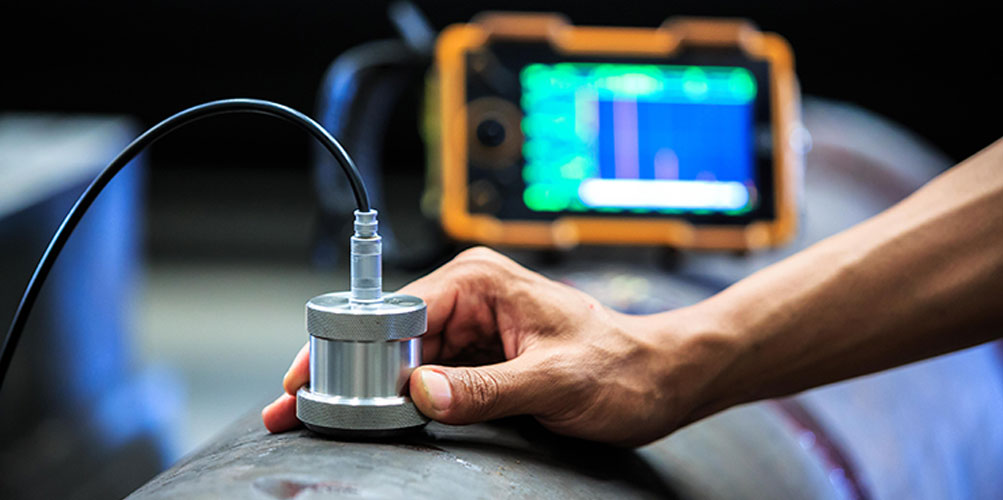
NDT Conventional Techniques
Identifies surface defects, corrosion, and other issues through detailed visual examination.
Visual inspection is one of the most important methods of inspection and is probably the most widely used for many types of welds and base metal where the quality can be verified with visual inspection alone.Even for welds that are tested by additional non-destructive means such as Radiography, ultrasonic, MPI or Dye Penetrant testing, visual inspection can offer a good indication as to the final disposition of a weld.
Detects internal flaws and measures material thickness using high-frequency sound waves.
Ultrasonic examination (UT) is one of the most widely used methods of nondestructive examination. Its primary application is the detection and characterization of internal discontinuities. It is also used to detect surface discontinuities, to define bond characteristics, and to measure thickness. The pulse-echo method with A-scan data presentation is most commonly used for examining welds. This system utilizes a cathode ray tube (CRT) or digital screen to display examination information
Identifies hidden defects through X-ray or gamma ray imaging of internal structures.
RT is a method of nondestructive examination that utilizes ionizing radiation to penetrate an object and reveal information about its internal conditions. When the test object is exposed to ionizing radiation some of the radiation is attenuated, some of it is scattered, and some passes through the object. The ionizing radiation passing through the test object is detected by a detector. (see Figure 16). Most radiographic techniques used today employ radiographic film that records a latent image when exposed to ionizing radiation. Other detectors, such as imaging plates, are also used and new radiographic imaging technologies are being developed.
Reveals surface and near-surface defects in ferromagnetic materials using a magnetic field.
This NDE method is used for locating surface or near surface discontinuities in ferromagnetic materials. Magnetic particle examination is based on the principle that magnetic lines of force will be distorted by a change in material continuity; i.e., a discontinuity creating a magnetic field or flux leakage
Highlights surface cracks in non-porous materials with a visible dye.
Liquid penetrant examination is a sensitive method of detecting and locating discontinuities, provided the discontinuities are clean and open to the surface. The method employs a penetrating liquid dye which is applied to the properly cleaned surface to be examined and which enters the discontinuity by capillary action. After a suitable dwell time, the excess penetrant is carefully removed from the surface and the part is dried. A developer is then applied which acts as a blotter, drawing the penetrant out of the discontinuity. The penetrant, drawn from an opening on the surface, indicates the presence and location of a discontinuity
NDT Advanced Techniques
ITS AN NDT methods for boiler and heat exchanger
equipment in the petrochemical industry to supplement major turnaround inspections The petrochemical industry depends on many heat exchangers and boilers for efficient operation. As these
components consist of many tubes tightly held together, they are very hard to inspect visually or with normal
ultrasonic or radiographic thickness measuring techniques. Inspections used to take two to three weeks to assess
the condition of a boiler or heat exchanger
- IRIS (Internal Rotary Inspection System): The internal rotary inspection system (IRIS) is an ultrasonic non-destructive testing (NDT) technique used to inspect pipes and tubes. (IRIS) is based on the principle of measuring thickness using ultrasonic waves.The (IRIS) method is mostly used for inspection of carbon steel tubes and is sometimes used in non-ferromagnetic tubes for defect verification. The method is very accurate for thickness measurement as well as detecting ID and OD pits.
- ECT (Eddy Current Testing): ET can be defined as an electromagnetic nondestructive examination method in which small electrical currents are induced in a material, and any changes in the flow of these currents in the material are detected by a nearby coil for subsequent electronic processing and presentation. Its use for the examination of welds for surface or subsurface discontinuities is only one of the many applications .Eddy Current technique is a technique that is adapted to the inspection of small-bore nonferromagnetic heat exchanger tubes such as stainless steel, titanium, copper, brass, copper-nickel alloys, inconel,etc.
- Remote Field Eddy Current Testing (RFT): Remote Field Eddy Current Inspection is an electromagnetic technique that is well adapted to the inspectionof small-bore ferromagnetic tubes such as carbon steel. In industry, it is now the method of choice for boilers and heat exchangers tube examination because of its low frequency (typically 50-1000Hz) .It is primarily employed to detect and assess flaws, corrosion, and other defects in the walls of these tubes without the need for direct contact with the interior surface of the tube.
RFT is particularly useful in industries like oil and gas, petrochemical, and power generation, where the integrity of such tubular structures is critical. - NFT (Near Field Testing): Near field testing (NFT) is a non-destructive testing (NDT) technique used for inspecting and evaluating materials, components, or structures, particularly in applications where close proximity to the test object is required.Unlike some other NDT methods that rely on the propagation of waves over long distances, NFT operates in the near field region, which is close to the surface of the material or structure being tested.
PAUT is used for sizing, imaging, and flaw detection in much the same manner as standard ultrasonic methods. This technique is in use mainly in the piping, vessel and tank industries. Specific techniques and codes are still being developed for the use of PAUT in the structural and bridge industries. PAUT is commonly used to supplement, or is performed in lieu of, radiographic or traditional contact ultrasonic inspection
The TOFD technique utilizes two angle beam probes placed in a transmitter- receiver position, one on each side of a weld. The transmitter emits a longitudinal wave that is picked up by the receiver. An A-scan display will show an indication from a surface traveling wave (called the “lateral wave”) and indications from the back wall. Between those indications will appear indications from any discontinuities that are present. Some sort of imaging is also usually employed. TOFD can simultaneously detect and size defects, and is among the most accurate techniques for sizing cracks. TOFD does have limitations, (e.g. limited near surface resolution capability) and is generally performed in conjunction with another technique of ultrasonic examination.
Long range ultrasonic testing (LRUT), also known as guided wave ultrasonic testing, is a fast and cost-effective method for inspecting long lengths of pipe.Hundreds of metres of pipe can be screened in one day from one single location and the technique can inspect 100% of the pipe wall. LRUT can be performed on piping that is in operation, insulated and buried, and in areas that are difficult to access such as those at high elevations. The method can therefore save time and money that would otherwise be spent on excavation, insulation removal and scaffolding.
Short Range Ultrasonic testing also commonly known as SRUT is one of the Ultrasonic test methods wherein the ultrasonic waves are transmitted in the form of pulsed guided laminar waves using special purpose ultrasonic probes. When laminar waves hit discontinuities they are mode converted and the reflection of the waves are detected by the transducer
Pulsed Eddy Current technology is based on electromagnetics and provides average wall thickness values over the probe footprint area. It measures and compares the percentage variation in average wall thickness throughout an object. Pulsed Eddy Current can be effectively applied for corrosion detection and monitoring on pipes and vessels made of carbon steel or low-alloy steel without making contact with the steel surface itself. PEC technology allows measurements to be made through insulation
Magnetic Flux Leakage Inspection (MFL) is a non-destructive testing (NDT) method used to detect and evaluate corrosion, pitting and wall loss in metal storage tanks and pipelines.In tank floor inspection, the tank floor is swept with the MFL tool. The area is flooded with magnetic flux and the earth magnets are used to temporarily magnetize the steel while changes in the magnetic field are recorded and analyzed. If the magnetic field is distorted, there are internal or external defects, such as pitting or corrosion, and this distortion or “leakage” can be measured by the sensors. Technicians proceed to mark the areas that need to be verified by visual inspection and ultrasound. The results obtained from the MFL inspection can be reported and used to establish an existing baseline for the equipment or to determine remaining wall corrosion
Why Choose INSPECTA Middle East?
Choosing INSPECTA Middle East for your NDT needs means partnering with a company that prioritizes quality, safety, and customer satisfaction. Here’s why we stand out:
- Expertise: Our team of certified NDT professionals has extensive experience in various testing methods, ensuring accurate and reliable results.
- Advanced Technology: We use the latest NDT equipment and techniques to provide precise assessments, reducing the risk of failures and downtime.
- Comprehensive Reporting: Our detailed reports offer clear insights into the condition of your assets, helping you make informed decisions.
- Regulatory Compliance: We ensure that all NDT services comply with industry standards and regulations, giving you peace of mind that your operations meet the required safety criteria.
- Tailored Solutions: We work closely with you to understand your specific needs and develop customized NDT programs that align with your operational goals.


